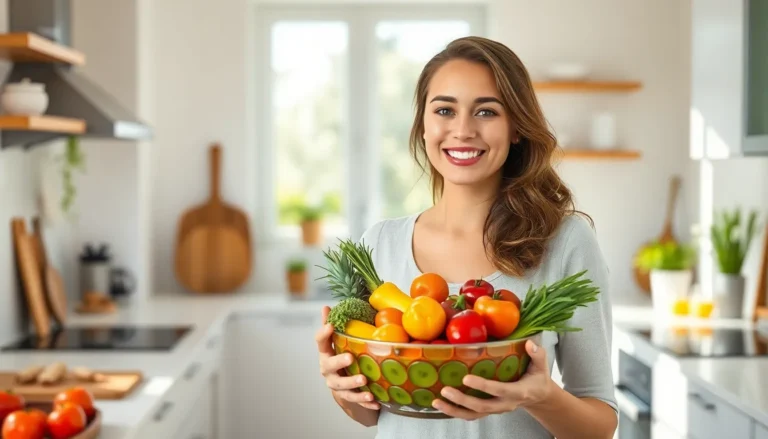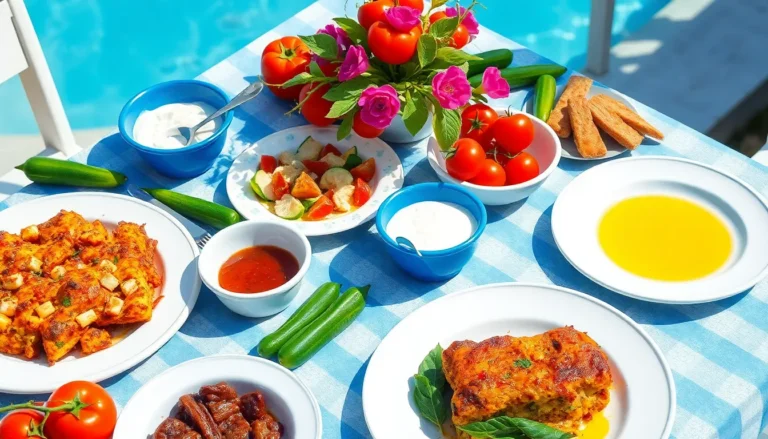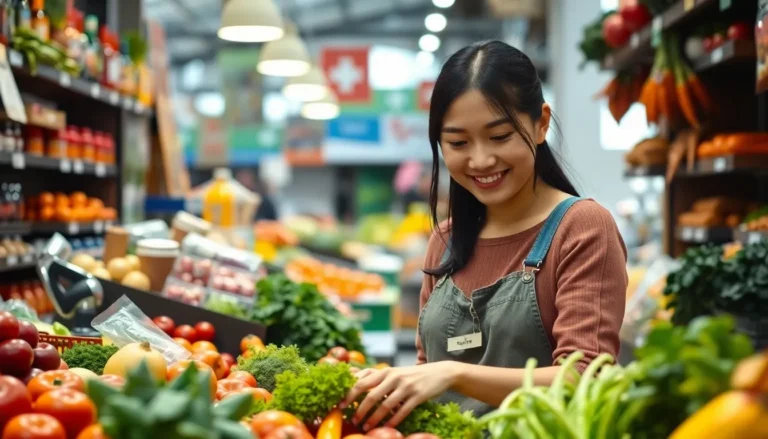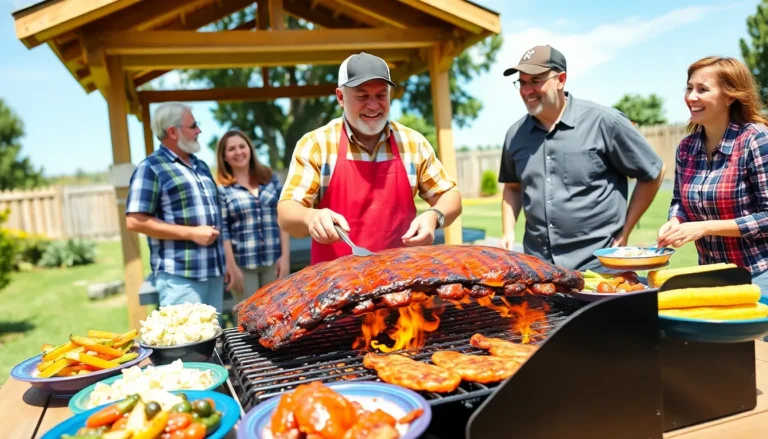Table of Contents
ToggleYouTube has become a dynamic platform for sharing knowledge, creativity, and of course—delicious food. If you’ve ever dreamed of combining your passion for cooking with content creation, starting a recipe-based YouTube channel might be the perfect venture. But it’s not just about filming your cooking process; it’s about creating a captivating experience that viewers want to return to. This guide walks you through the essential steps to make your recipe content stand out and keep your audience engaged from start to finish.
Start with a Clear Concept and Focus
Before you hit the record button, define what your channel is all about. Are you teaching quick meals for beginners, creating gourmet dishes for foodies, or offering meal-prep hacks for busy professionals? Choosing a specific focus helps you appeal to a defined audience and makes your content more discoverable.
It’s also useful to research your niche. Look at successful food channels that produce similar content and analyze what works—presentation style, pacing, video length, or even the tone of narration. This helps shape your direction while still allowing room for creativity.
Use Storytelling to Elevate Simple Recipes
Food videos that tell a story tend to connect more deeply with viewers. This doesn’t mean you need a dramatic plot—but giving a dish some background adds context. For example, instead of jumping into a pasta recipe, you might begin with a short anecdote about the first time you made it for a loved one or how you learned it during your travels in Italy.
This kind of emotional connection enhances the viewer’s experience and builds a bond between you and your audience. Authenticity is key here—let your personality and unique voice come through in every video.
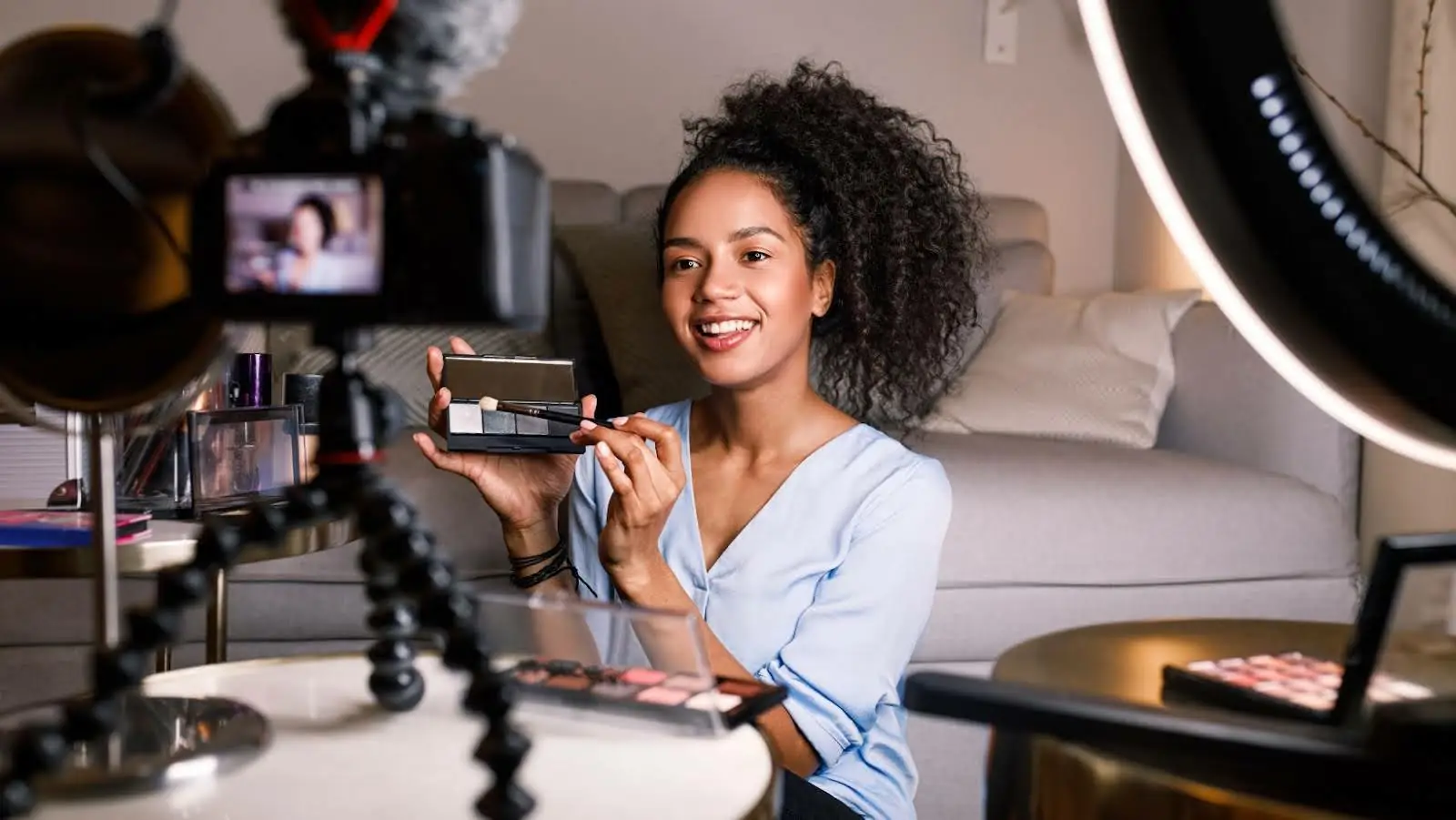
Lighting, Composition, and Visual Appeal
Great recipe videos are a feast for the eyes. That’s why lighting is one of the most critical elements of video production. Natural light works best, especially for daytime filming. Position your cooking station near a window and diffuse harsh sunlight using a light curtain or white sheet.
If filming at night, use softbox lights to maintain a consistent and flattering brightness. Pay close attention to angles—overhead shots work well for step-by-step instructions, while side views help highlight textures and detail. Keep your background clutter-free to allow the food to remain the star of the show.
The Role of Editing in Viewer Retention
Once you’ve captured your footage, it’s time to edit it into a tight, polished piece. This step is where pacing becomes crucial. Eliminate any unnecessary pauses or mistakes, and maintain a rhythm that’s easy to follow but not rushed.
Text overlays, ingredient lists, and clear step-by-step instructions are especially helpful for viewers. Use graphics sparingly but effectively to guide the audience through complex steps. A good edit ensures your content is both informative and entertaining, boosting viewer retention and encouraging repeat views.
Enhance Audio and Use Voiceovers
Sound is often overlooked, but it plays a vital role in enhancing the overall viewing experience. Clean audio is essential—consider using an external microphone for narration or voiceovers. Background music can set the tone of your video, whether it’s upbeat and casual or calm and instructional.
Layering natural sounds such as chopping vegetables or sizzling oil adds immersion and texture. These details give viewers a multi-sensory experience, making your video feel more professional and engaging.
Engage Without Being On Camera
Many new creators are hesitant to show their face on camera, but that shouldn’t be a barrier to creating great content. Running a faceless youtube channel is a perfectly valid approach, especially if you’re camera-shy or prefer to let your food take the spotlight.
With voiceover narration, detailed visuals, and creative editing, you can maintain viewer interest without ever appearing on screen. In fact, some of the most popular food channels follow this format, proving that personality and presentation matter more than personal visibility.
Organize and Schedule Your Content
Consistency is crucial for growing your channel. Choose a realistic publishing schedule—weekly or biweekly uploads are common for recipe channels. Planning your content in advance with a calendar can help you stay consistent while avoiding burnout.
Create batches of content when possible. If you’re making one dish, consider prepping ingredients for another so you can film multiple videos in one session. This workflow can save time and ensure a steady stream of content for your audience.
Optimize for Search and Discovery
Crafting searchable titles and using the right keywords is essential for getting discovered. Think about how someone would look for your video—would they search “Easy chicken curry recipe” or “Dinner ideas in 30 minutes”? Use simple, specific terms in your titles, tags, and descriptions.
Add timestamps, ingredient lists, and useful links in your video description to improve usability. Engaging thumbnails, featuring close-up shots of the finished dish, can also significantly increase click-through rates.
Make the Most of Tools to Simplify the Process
For beginners, the technical side of video production can be daunting—but it doesn’t have to be. Fortunately, many platforms offer intuitive solutions to streamline the process. For example, invideo AI offers user-friendly video making apps that assist with editing, text overlays, audio syncing, and much more.
These tools are particularly beneficial for solo creators who handle every aspect of production. You can quickly put together visually appealing, professional-grade recipe videos without needing advanced editing skills or expensive software. These apps often come with templates designed for food content, making the entire workflow smoother and more efficient.
Build a Community Through Interaction
Growing a YouTube channel isn’t just about views—it’s about building a community. Respond to comments, ask for viewer feedback, and create interactive posts through YouTube’s community tab. Encourage viewers to share their own versions of your recipes and feature user-submitted photos in future videos.
Your audience wants to feel involved. When you acknowledge their presence and participation, they’re more likely to stick around, share your content, and support your channel long-term.

Creating compelling recipe content on YouTube is about more than filming your meals—it’s about crafting a visual and emotional journey that leaves viewers hungry for more. From mastering lighting and audio to using accessible editing tools and connecting with your audience, every step plays a part in your growth. With time, creativity, and consistency, you can turn your kitchen into a compelling stage that entertains and inspires food lovers around the world.


